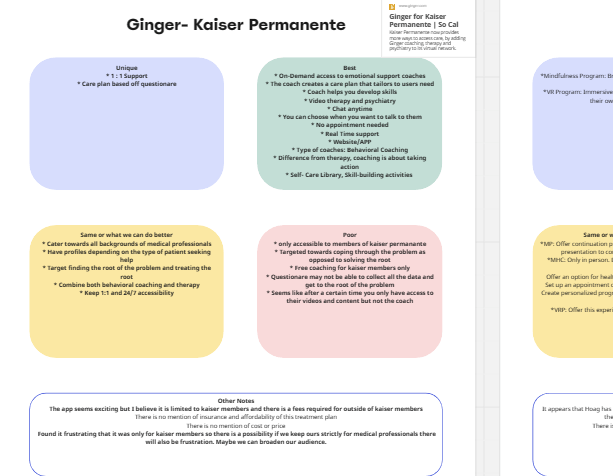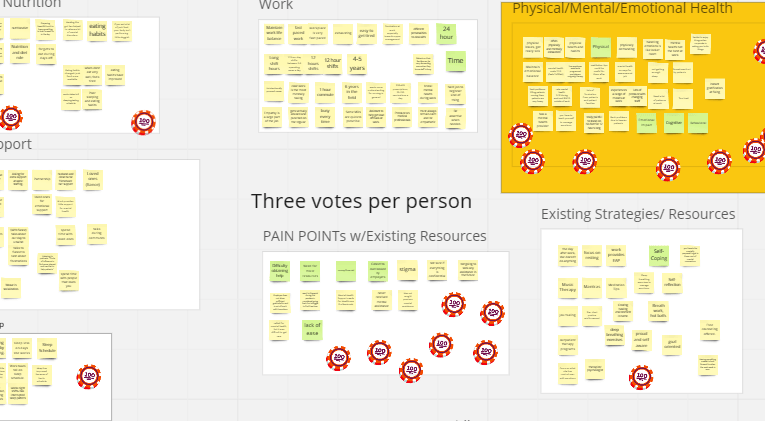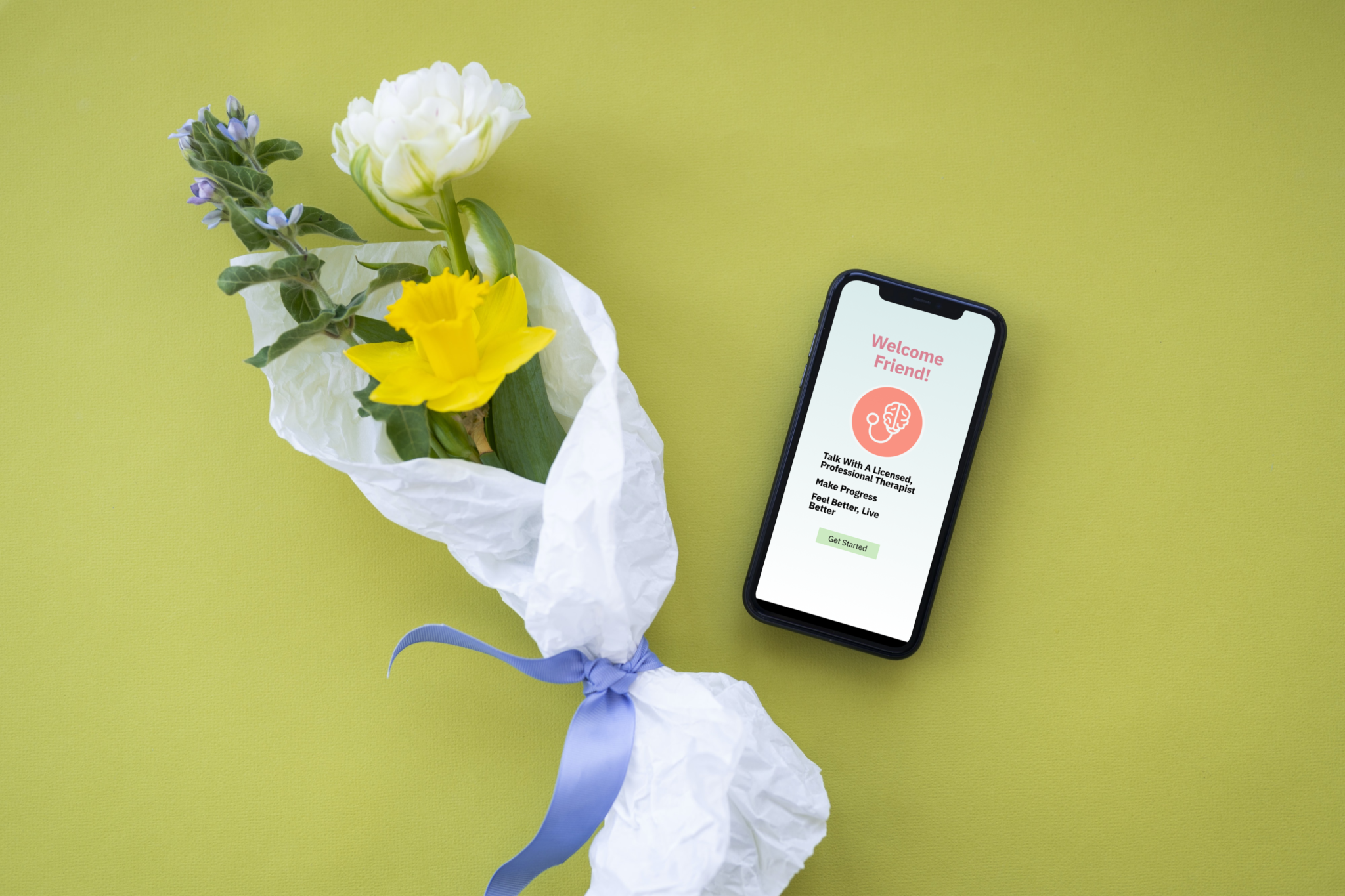
Mental Health in Healthcare Professionals
Background
According to the CDC, mental health concerns among healthcare professionals include stress, depression, burnout, anxiety, substance use disorders, and suicidal behaviors. The purpose of this problem is to prioritize the mental health challenges among health care workers and support their well-being by introducing resources that are relevant to them when needed.
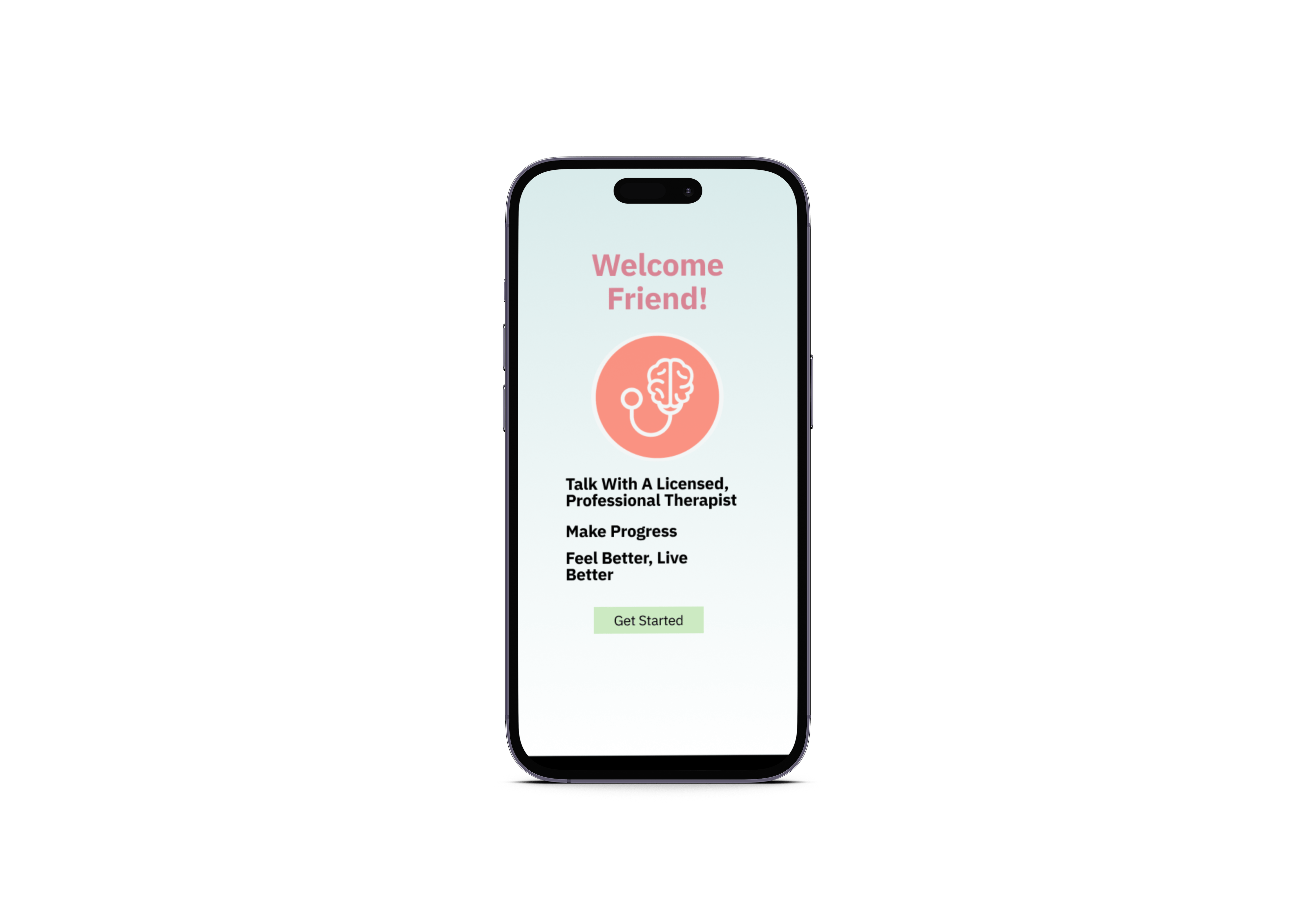
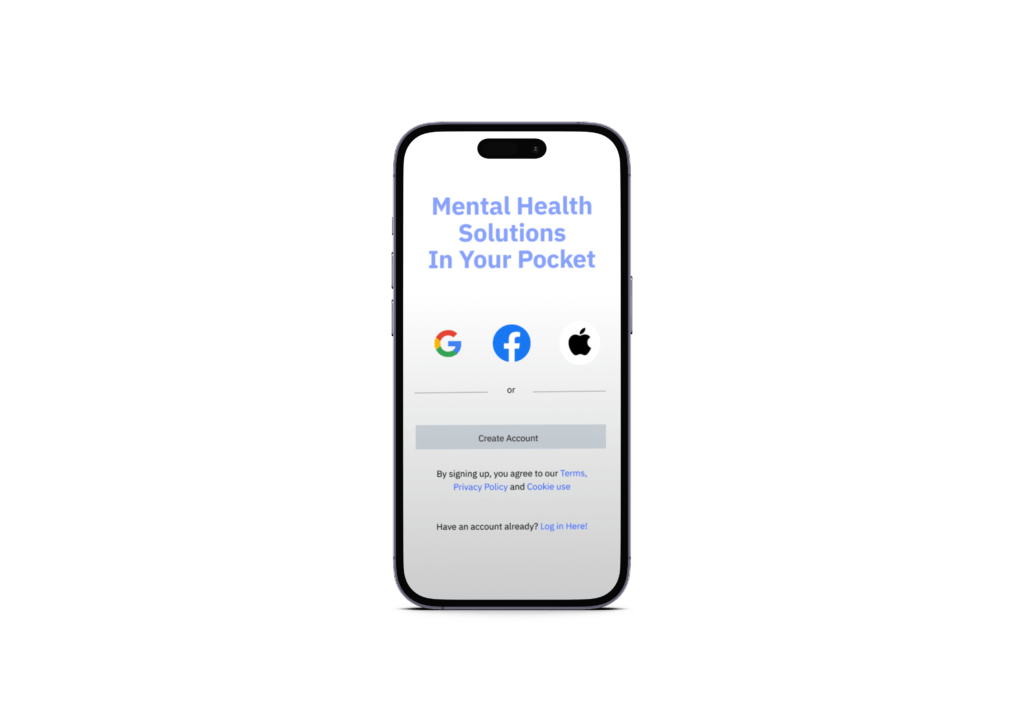
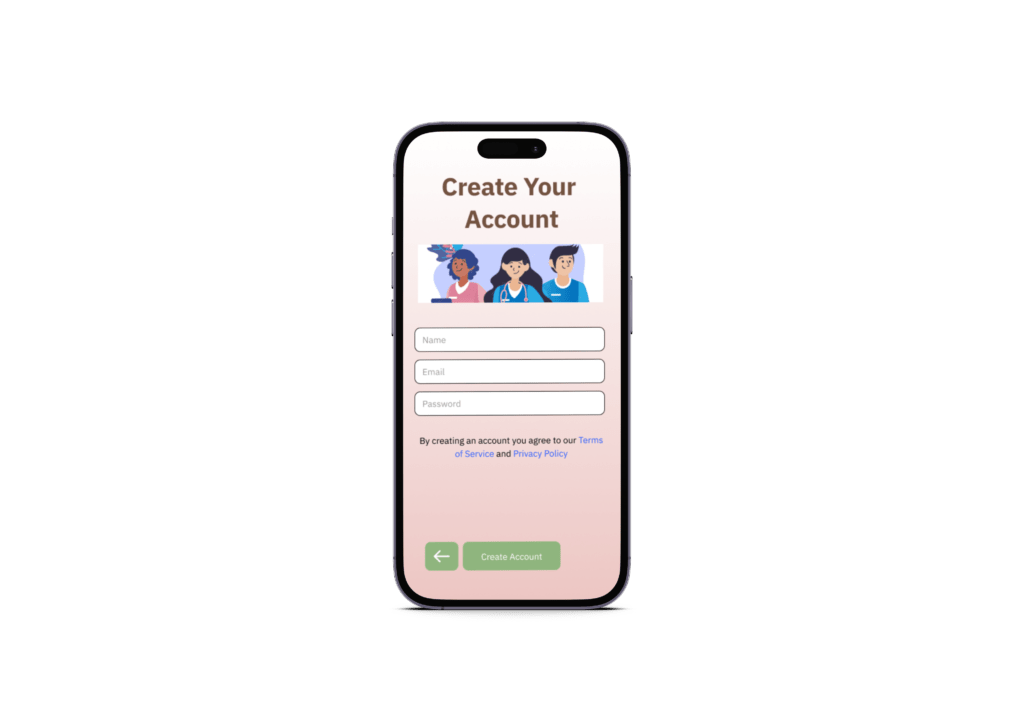
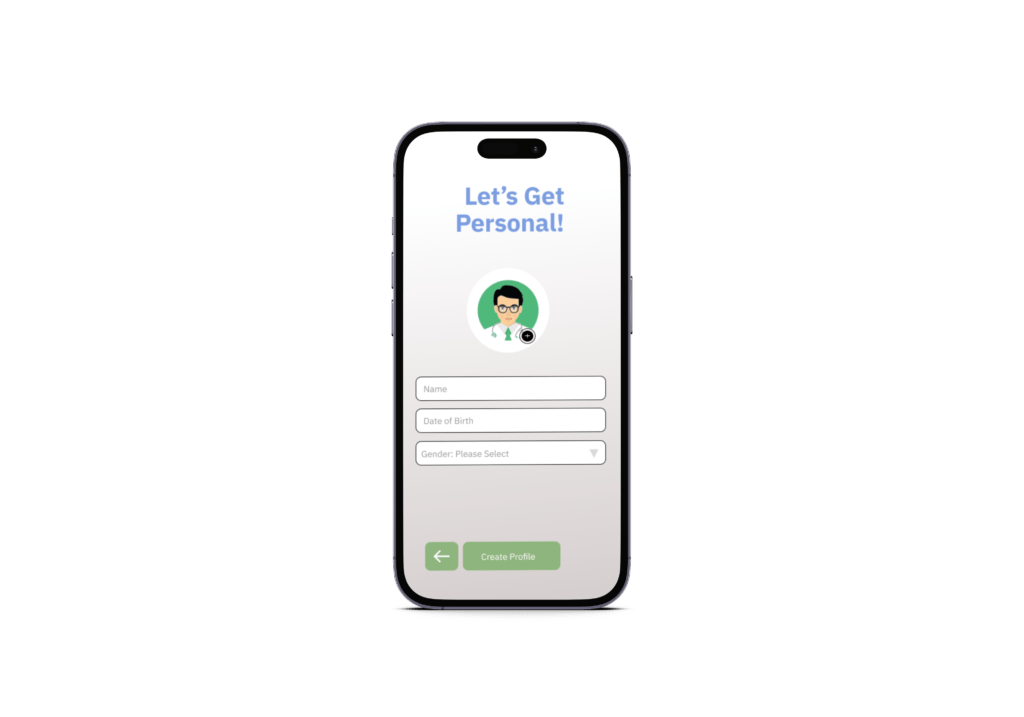
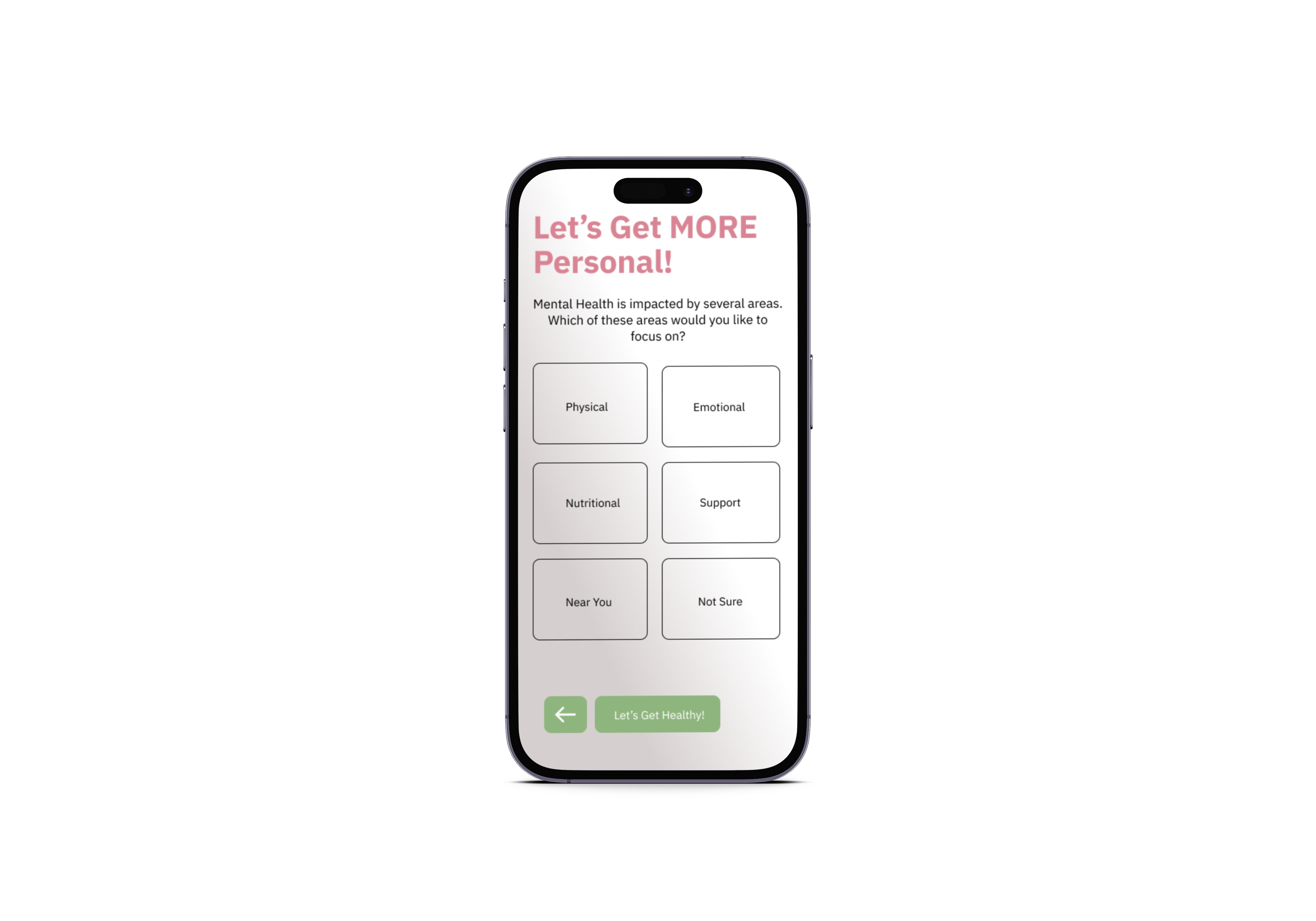
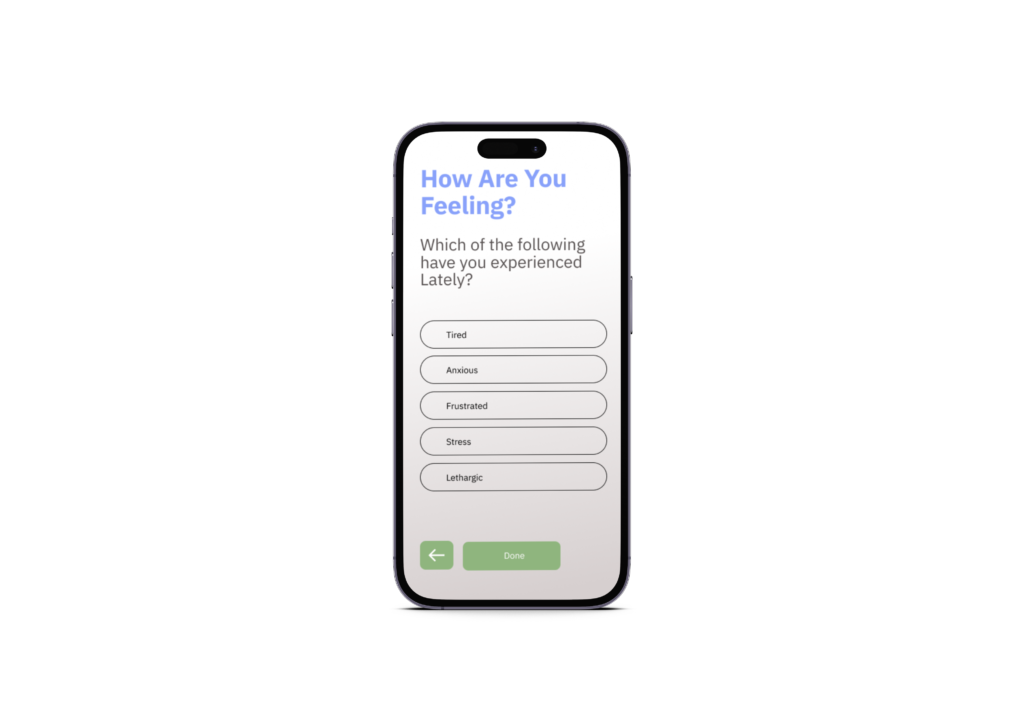
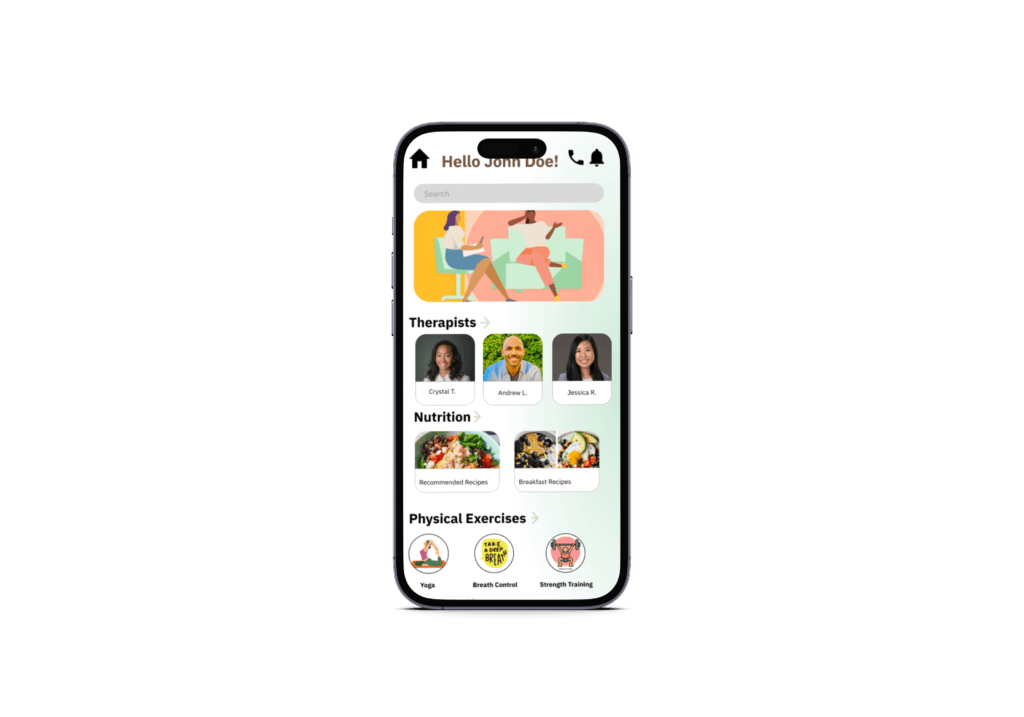
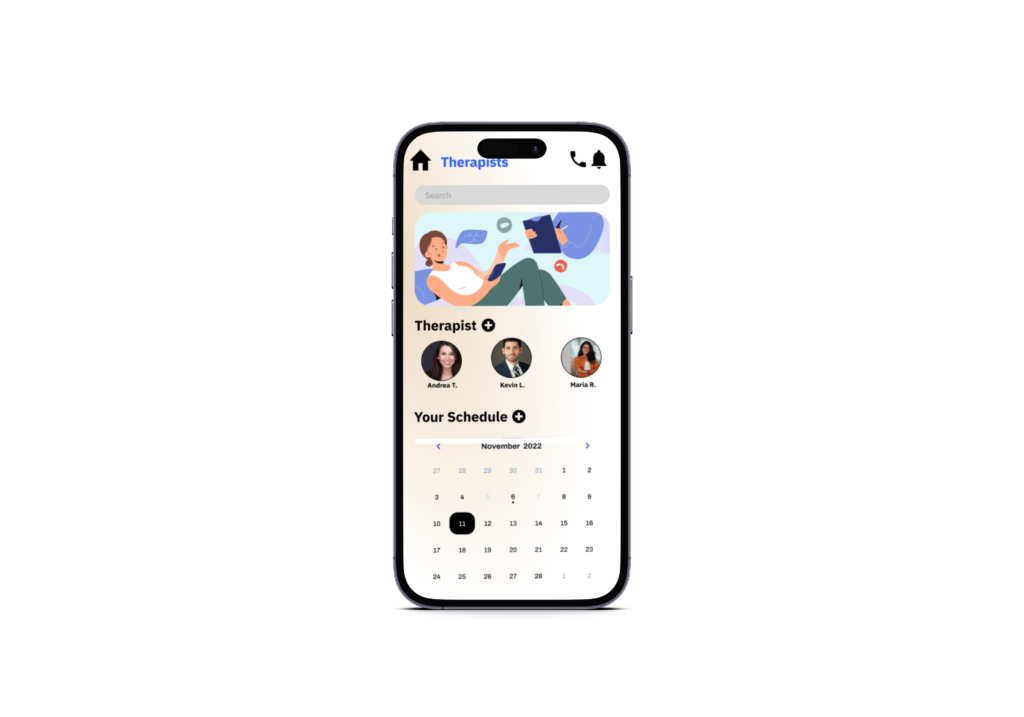
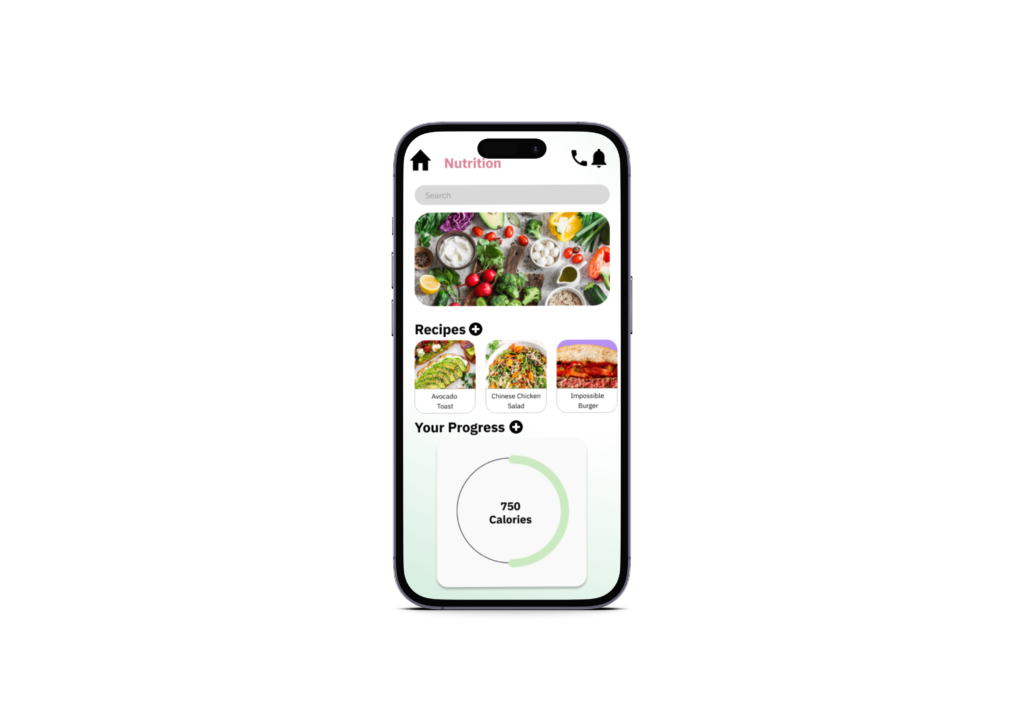
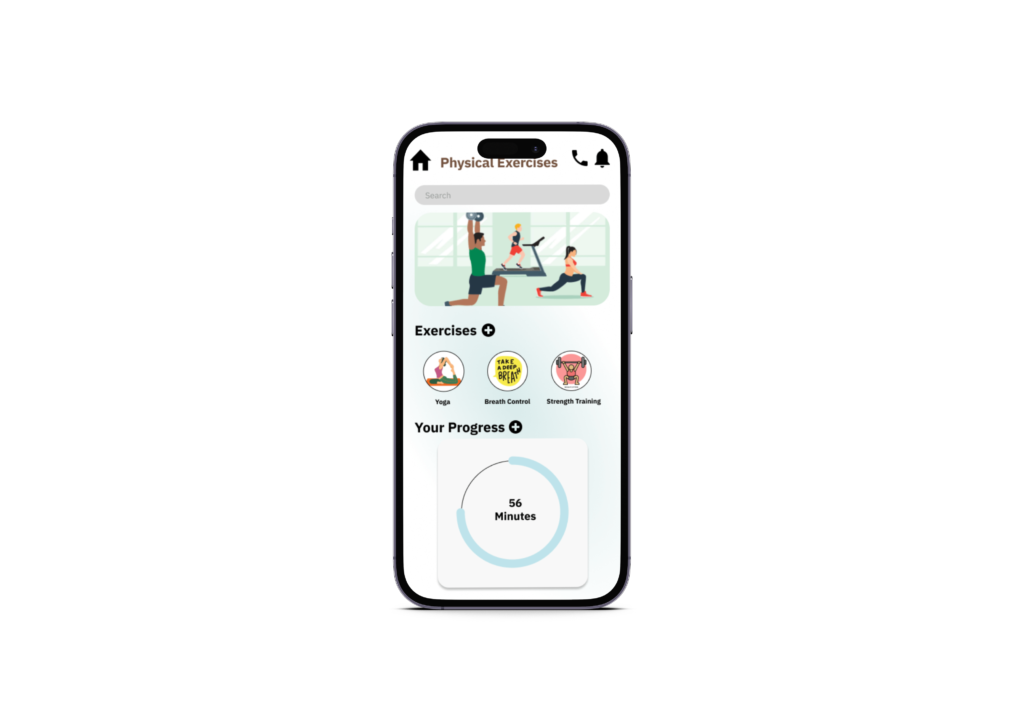
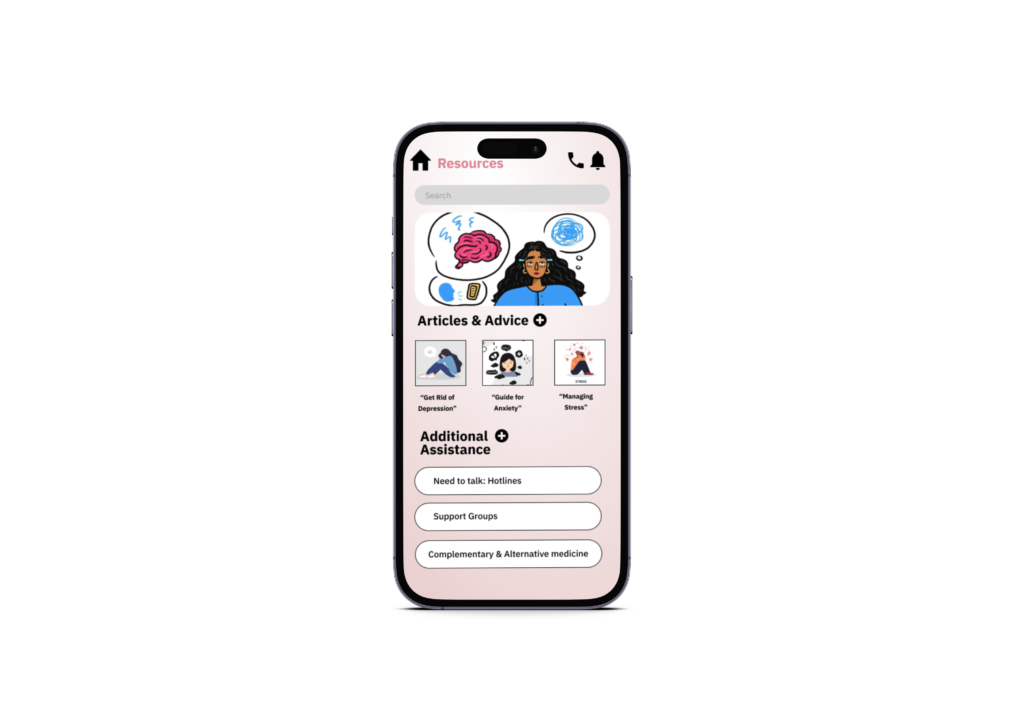
Role
Quantitative Researcher
Competitive Research
UI Designer
Usability Testing
Project Scope
End-To-End
Tools
Marvel
Miro
Figma
Google Presentation
Studies Shown
According to a survey listed on the CDC,
- 45% of nurses reported that they were not getting enough emotional support
- 69% of physicians reported experiencing depression and 13% had thoughts of suicide
Why Can't We Ignore This?
“The Covid-19 pandemic has had an unprecedented impact on health systems in most countries, and in particular, on the mental health and well-being of health workers on the frontlines of pandemic response efforts.”
We are looking to help relieve healthcare workers from feeling “burnt out” which can affect patient care adversely.
With our research, we’re hopeful to reduce the stigma of healthcare professionals seeking care and support which in turn can improve one’s quality of life and prevent further development of mental health issues.
Most importantly, a family member or friend could be affected by mental health problems and one wouldn’t even know it.
Behavioral Archetype A

General Healthcare providers ( PCP,PA,NP) who are involved in Medical care. Healthcare providers who treat common medical conditions and perform routine exams which serves in primary care.
Healthcare provider Alex Dao, 38, is a nurse practitioner working at Kaiser Hospital which consists of long hours. His role includes managing patients’ health conditions by treating injuries and illnesses, and also supporting injury and disease prevention. He feels as though there is a heavy amount of stress and anxiety at his workplace that follows him back home. This affects his relationship with his family and friends. Alex’s only mental assistance is an in-person therapist but he doesn’t have time to frequently visit. He wants to make sure that he feels supported and understood through his long process of medical care at his convenience.
Goals
Wants to find a support system. Find new ways to manage stress, anxiety, and depression. He wants to build a positive healthy relationship at home.
Thoughts
Alex doesn’t use any online services for mental help, so he gets anxious about confidentiality. He hopes to find a system that assists and eases him at his own convenience.
Needs
Needs to find online support groups. Needs to know where he can find verified and trusted resources online.
Feelings
His feelings follow him home, Which includes his family life. Constantly anxious about what can go wrong with his patients. Excited about seeking mental help.
Pain Points
Has a busy schedule. Emotional stress at work.
Actions
Plans to frequent mental health services at his own time. Signs up for notifications that keep him in touch with helpful insights and tips.
Behavioral Archetype B

At the Frontline: Healthcare professionals (MD, RN) who work in ER or urgent medical situations (suicide hotline, etc.)
Caring for a patient coming in to the hospital with mental health complaints.
A Emergency Dept Registered Nurse is caring for a patient coming into a hospital with mental health problems, and the process can be extensive and time-consuming. The nurse begins by bringing the patient to a room and figuring out the cause of their ideation and if there is a plan in place to harm themselves or others. They work with the doctors to place the patient on a “hold,” while they wait for the psychiatric evaluator to see if the patient is well enough to send to a mental health facility for further care. During that time, the patient can be very uncooperative or unpredictable, posing a danger to the staff.
The registered nurse often goes home feeling drained of energy and are beginning to feel inadequate, causing them to start to dread going into work. They are interested in finding a website or app that assists them to speak with a therapist either in person or online, but has never signed up for one before and doesn’t know what to expect or how the process works.
Goals
Wants to find a certified therapist to begin speaking with. Hopes to work out own feelings of inadequacy to stop feeling dread going to work.
Thoughts
Concerned about confidentiality with therapists over mobile apps. Would like to get daily notifications of affirmations or mental health help exercises. Would like the app to be aesthetically pleasing and easy to navigate.
Needs
Needs to have a therapist that can work with their schedule. Prefers to find a therapist versed in the healthcare field so they can relate more.
Feelings
Often stressed with how much critical thinking has to be used a shift. Feels inadequate as sometimes can’t do much to help with mental health. Has a lot of unreleased anger/ frustration from work that often leaks out at friends and family.
Pain Points
Inexperienced at using these mental health help apps. Unsure what to expect or what is required on sign up. Doesn’t usually seek mental health help, has feelings of embarrassment. Has an unpredictable schedule.
Actions
Tries to do yoga or workout to deal with stress. Goes on coffee “dates” with friends/coworkers to vent frustrations. Has downloaded an app that helps with breathing exercises and staying calm.
Why
Medical professionals are on the front lines dealing with sickness and/or death daily, which takes a tremendous toll on their mental health. How much of a toll does this take and is there a way to make sure our medical professionals have the appropriate tools at their disposal when needed?
What
What journey do mental health professionals follow that build up to a mental health concern? What users feel about the current resources in place that address mental health.
What aspects can make our solution different than pre-existing solutions?
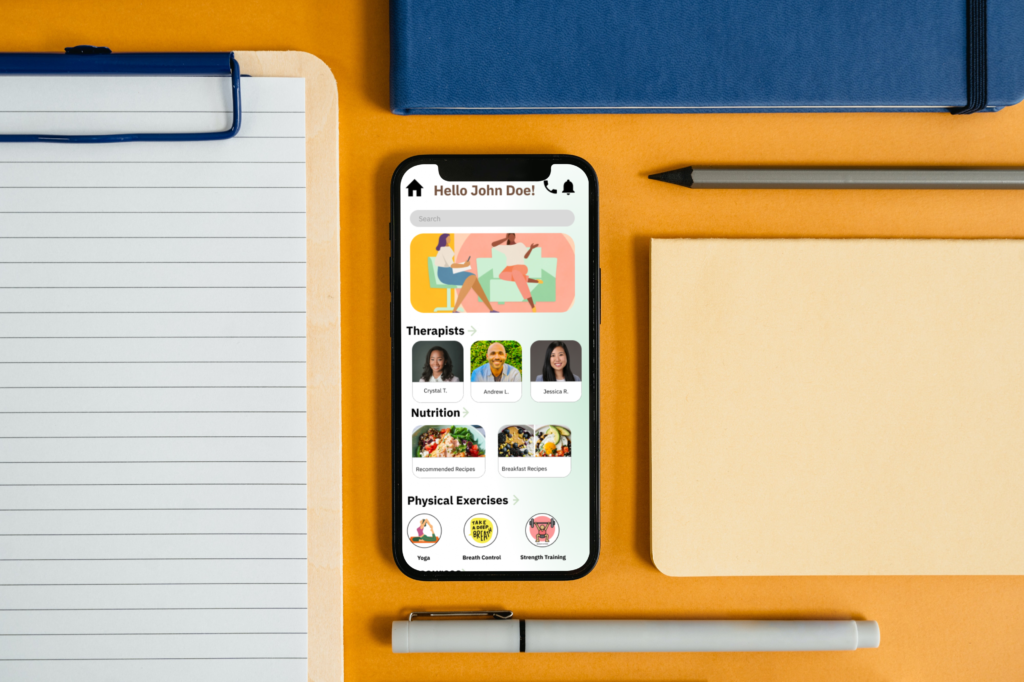
Who
A: Mental health of generral medical professionals
B: Mental health of those who work in ER or urgent medical situations.
Sample size: 23
Demographics: mainly people in healthcare fields
Recruit: Family members, friends, coworkers
How
Behavioral Archetypes
User Interviews
Mental Health Survey
Competitive Analysis Matrix
Discussion Guide

Quantitative Research Study
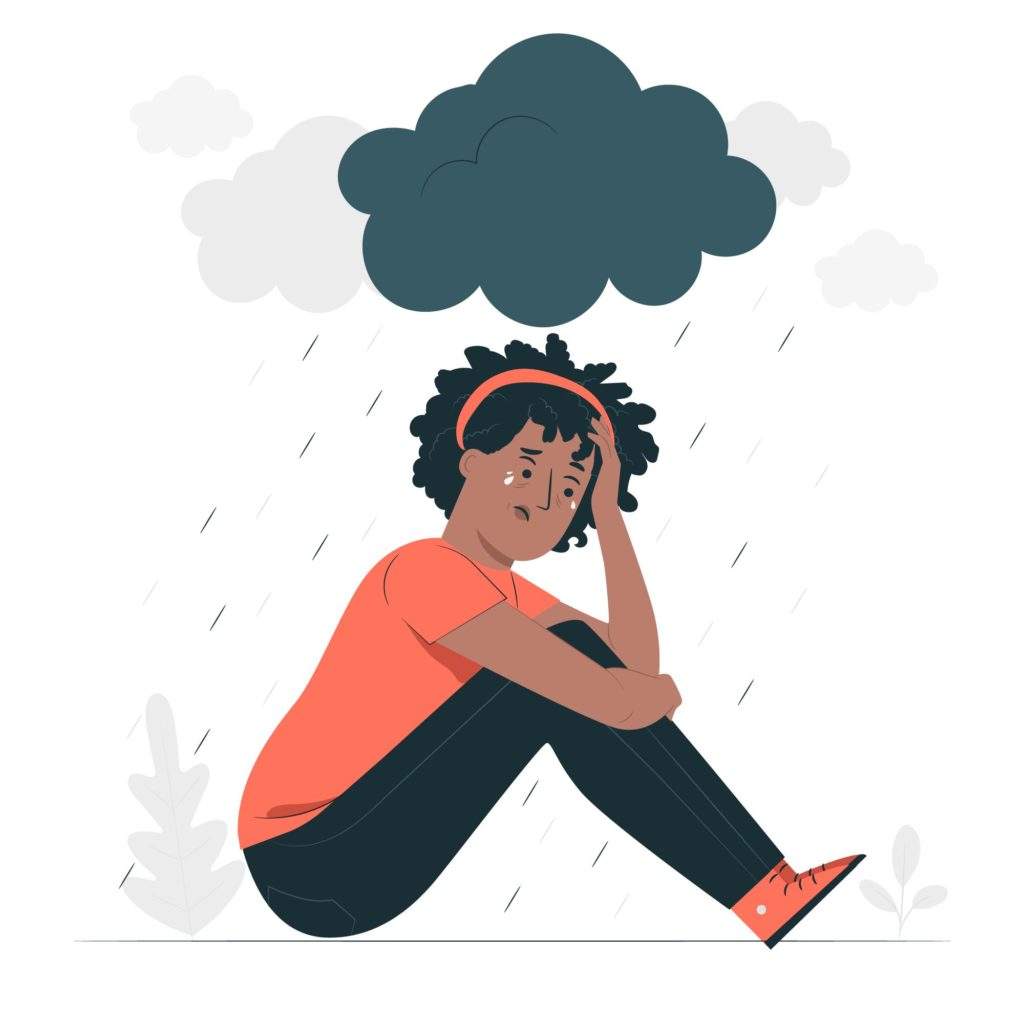
About The Survey
Disseminiation
Other User Groups
Limitations/Challenge
Plan
Results Summary
- 70.6 % Responded Medical Professionals are likely to experience mental health concerns due to the nature of their job.
- 47.1% Responded mental health concerns have the highest impact on emotional well-being.
- 6.3% Responded they were not able to recognize if they had mental health concerns.
- 58.85 Responded there was a need for mental health resources.
- The resources that are available today are somewhat satisfactory. Users find it difficult to gain access to these resources due to affordability, time, and further develop self coping strategies. Users find their work to have a massive impact on their mental well-being and is often overlooked.
Competitive Analysis
Affinity Map
Empathy Frameworks Statement
1.
User Insights
2.
3.
POV
Medical Professionals who work long exhausting hours in fast-paced work environments are exposed to many different situations that have a stressful impact on their mental health are in need of a solution that is effective, easily accessible, fits into their schedule, confidential and financially viable.
HMW
User A: How might we provide effective, reliable, and viable support to assist relieving stress and other mental health concerns for General Healthcare Providers in order to help them overcome the stress and pain and lead them to a healthier life, better performance at their workplace, and be a positive influence to their families and friends.
User B: How might we provide immediate and alternative solution for the physical, emotional and mental stress and pain for Frontline Healthcare Professionals in order to appropriately improve their well-being and positively affect their ability to fully serve their patients
Creative Matrix
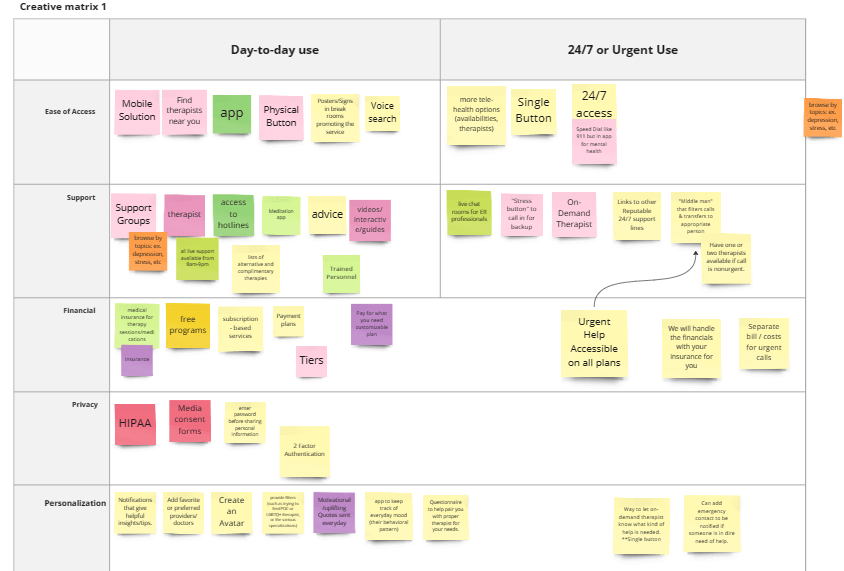
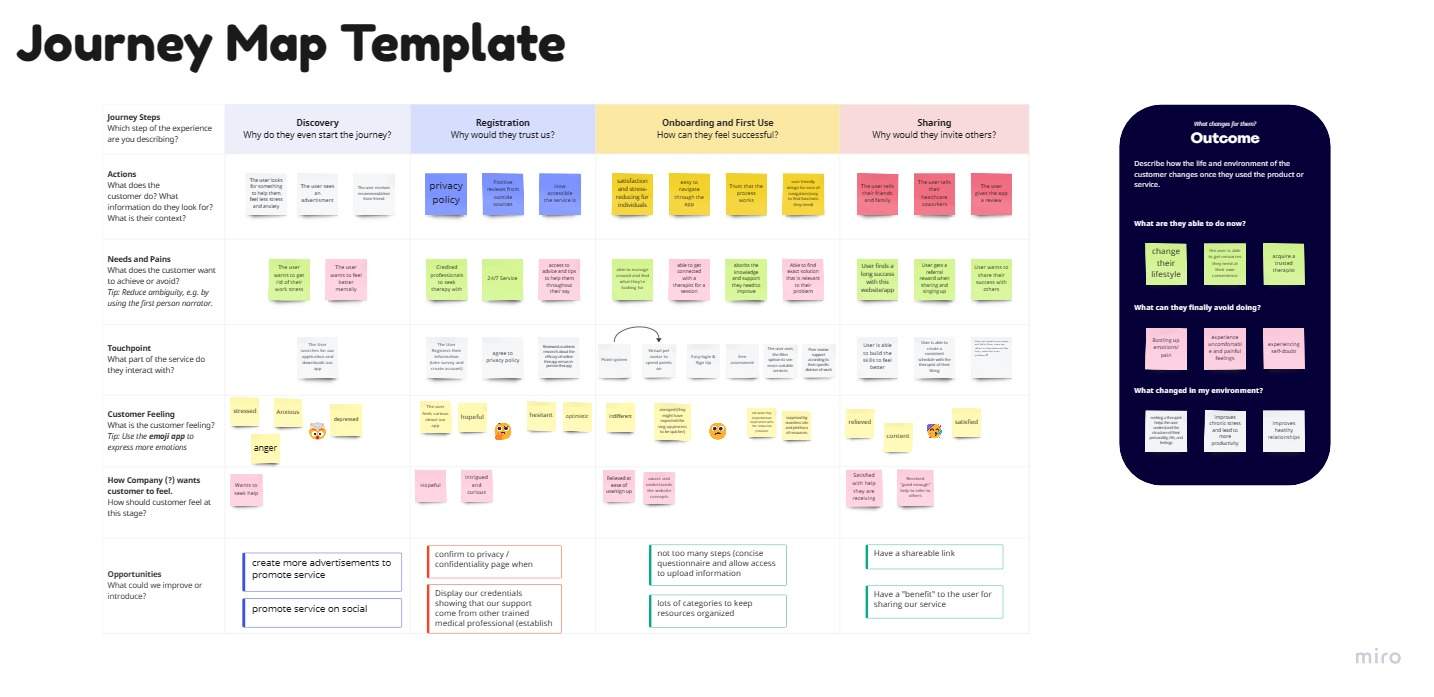
Journey Map
Our target user’s goal is to find a new way to manage his stress after working long and difficult hours at work.Hopefully finding the app through advertisements or referrals, he would become interested in our private and accessible therapy service. Additionally, to build his trust and to retain customer retention, we hope to provide a navigable app that is catered to services he can utilize. For instance, beside the basic services, we can also include an interactive virtual pet and a reward-point system.With convenient service with a licensed therapist, we hope that our user is able to find success and see improvement in their mental health. If he wants to share success with friends and family, we also want to include a referral reward.
Mid-Fidelity Frames
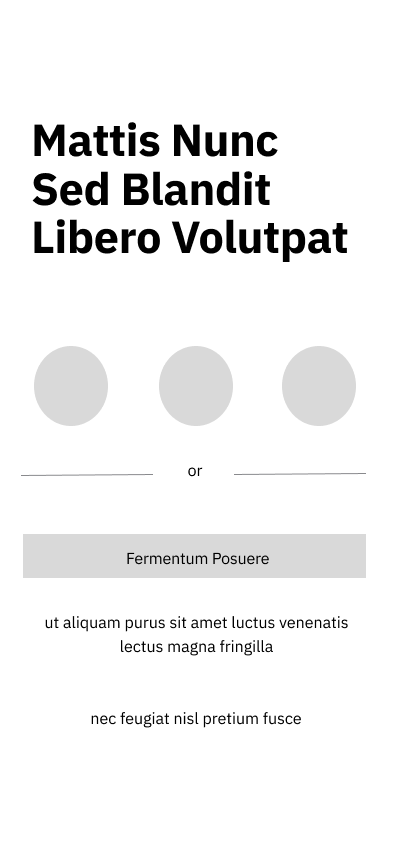
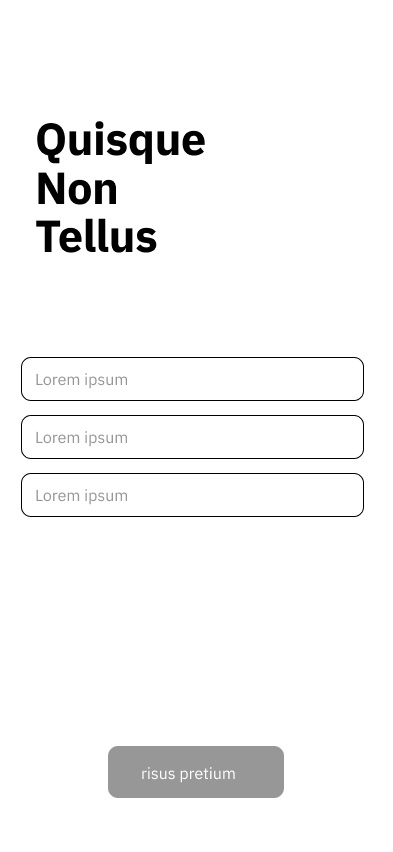
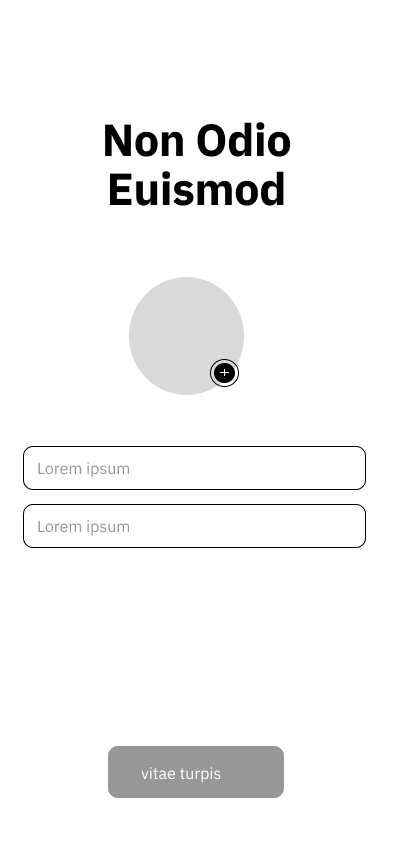
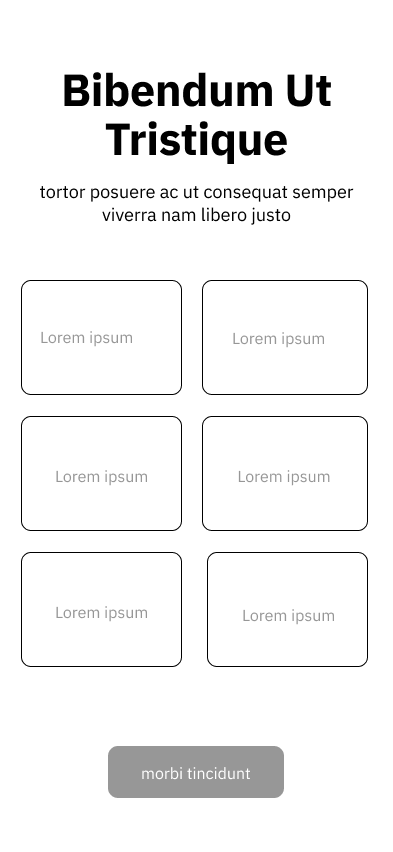
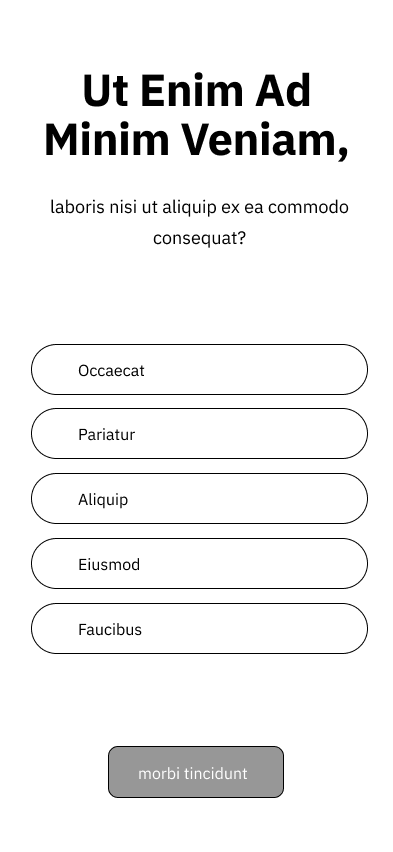
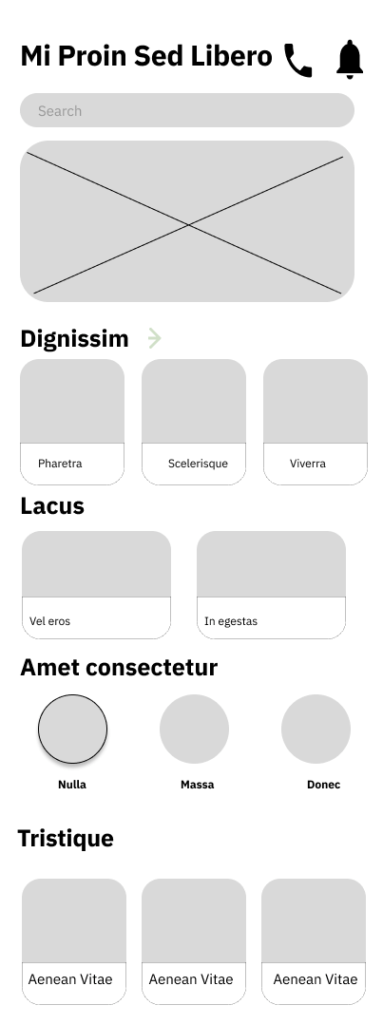
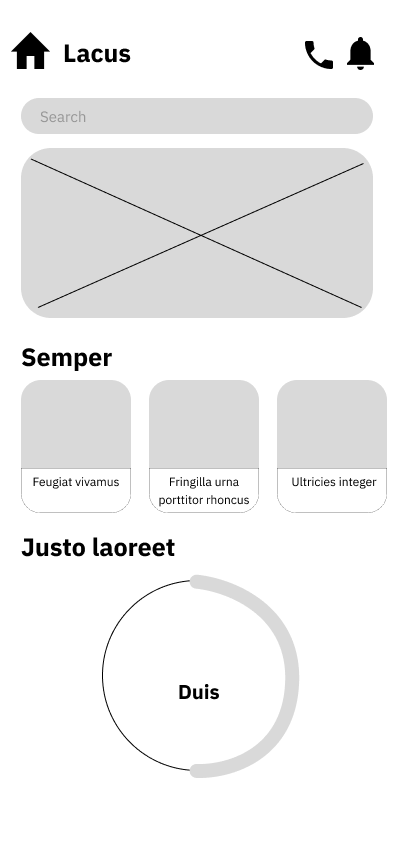
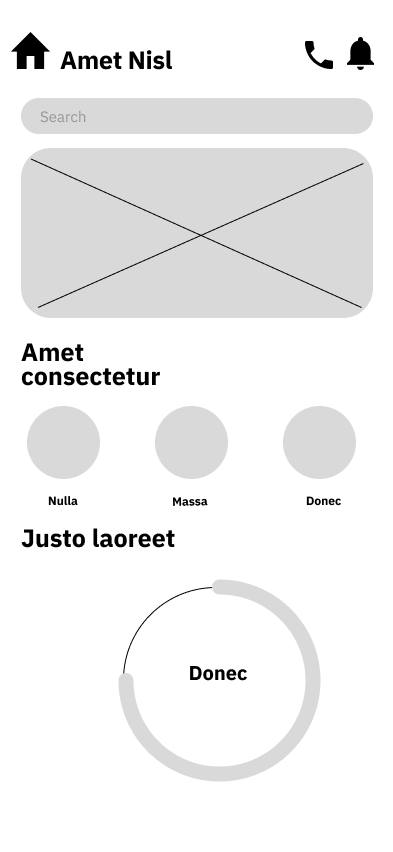

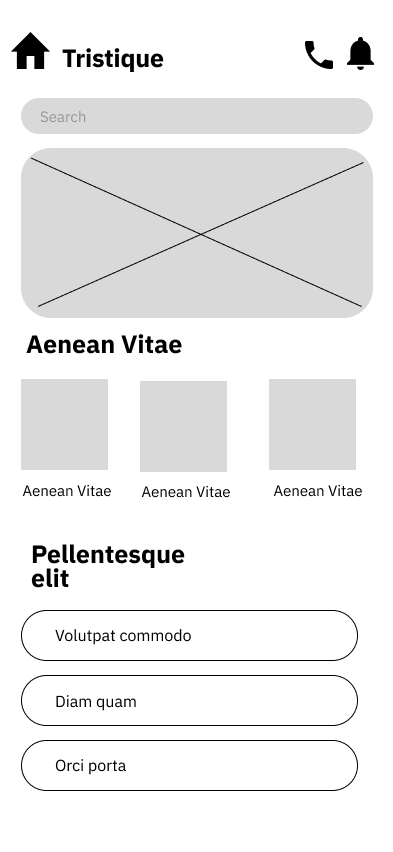
User Testing Plan
What usability testing technique is best suited for your product?
Why did you choose that technique?
What tasks would you like the user to complete in your usability test?
- Access each service they are interested in exploring
- Complete account set-up / questionnaire
- Go back to previous screen
What metrics will you use to measure success?
- If the user is able to access each service / category
- If the user can complete the account set-up
- If the user can flow through the app back and forth from each screen
3 Q's
Are all the buttons functional?
Yes, all the buttons are functional
Does the user have difficulty navigating through the app?
Navigating the app is very easy and user-friendly. It wasn’t over-bearing and easy on the eyes.
Do the services accurately portray their intended use?
Yes, I would use this app to help navigate my life in a better direction. What I found of interest was that this app basically sums my life well-being.
Key Metrics
If the user is able to access each service
If the user can complete account set up
If the user can flow through the app back and forth from each screen
What We Learned
- We learned how the skeleton of the wireframe plays a main role in maintaining the apps structure and delivering concepts across users.
- Our user mentioned that the app basically sums their life well-being, where this app is much more than just a therapy visit. But also how their physical health and their nutrition can also play a role in mental health.
Iterations
- Add an example of a page from one of the articles in nutrition, physical exercises, or resources.
- Make a page for the call button in the top right corner since it’s on several pages
Project Takeaways
- It is easy to get lost in developing a solution for a product.
- Remembering to process the process is also important.
Always keep in mind the problem to solve with each step of the UX Journey. - For the future, what changes can be made that will specify that this application is for our target user group?

